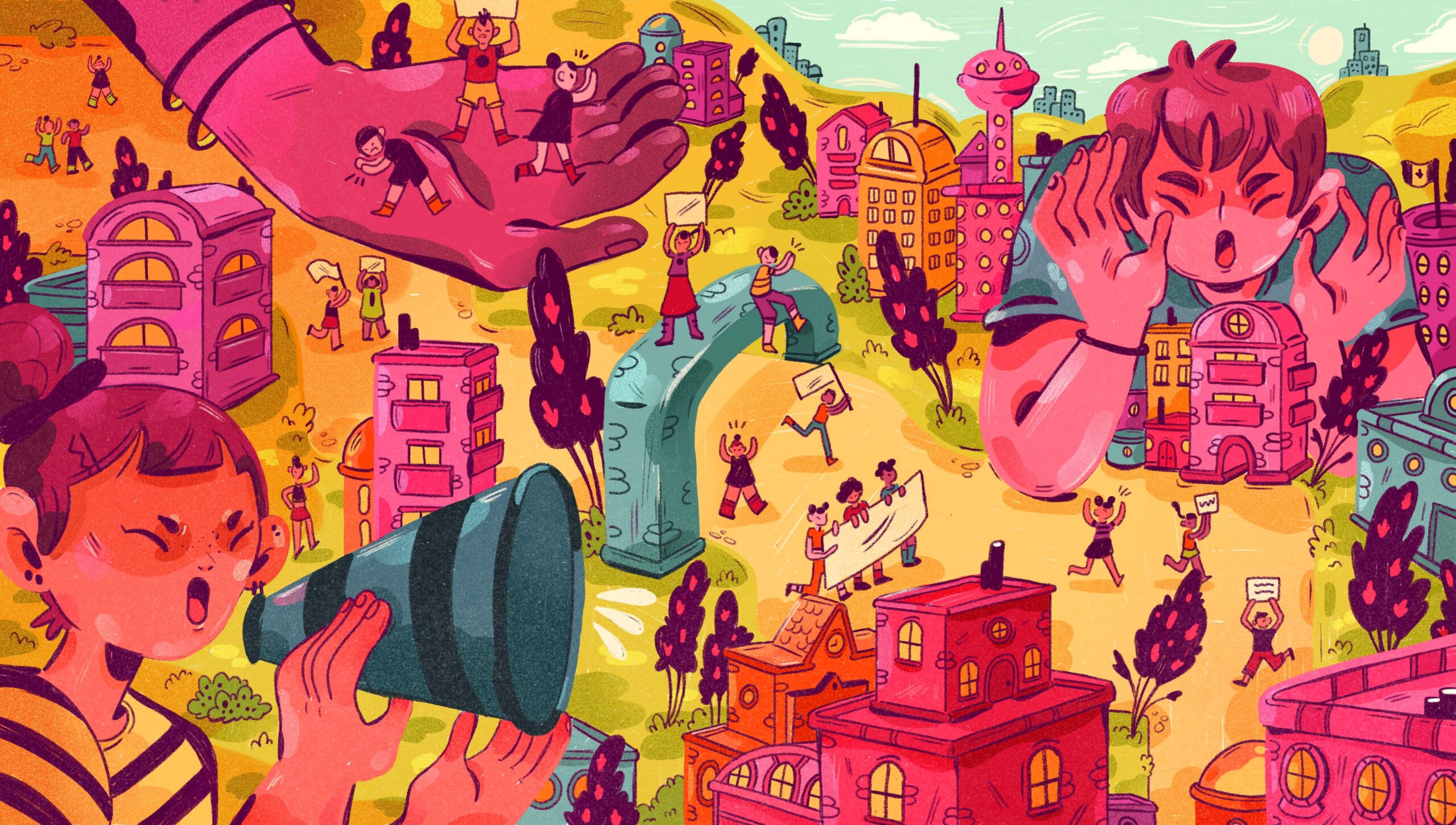Seeing Red is a month-long series exploring periods from an LGBTQ2 perspective.
Since I started menstruating at the age of nine, I have been plagued with heavy, painful periods, debilitating cramps and a long list of symptoms that start anywhere from two weeks before my period to days after it’s already begun. I’ve been through dozens of invasive ultrasounds and blood tests, a handful of specialists and too many diet and exercise plans to count. Still, it took me nearly a decade to be diagnosed with endometriosis.
I am a statistic. It takes an average of 10 years to diagnose endometriosis — an incurable condition in which the tissue that lines the inside of your uterus grows outside it. It disproportionately affects Black women, and even still, we are likely to be misdiagnosed, turned away or have our pain trivialized. This is indicative, studies have shown, of a healthcare system that continues to have a racial bias problem, that doesn’t understand the needs of LGBTQ2 patients and that still doesn’t know nearly enough about the complexities of periods and the multitude of ways people experience them.
But it is also indicative of a larger problem: the continued silence and stigma around menstruation.
Period products have long been feminine-coded, excluding trans, non-binary and masculine-identified people who menstruate. Around the world, menstruators are still shamed and exiled for having their periods. In many cases, they also struggle to pay for menstrual products — including here in Canada. One-third of women under 25 can’t afford period products; one in seven young girls can’t, either. We also greatly lag behind other countries in solving period poverty (British Columbia is the only province or territory to make pads and tampons free in public schools), implementing menstrual leave and making period products more accessible and gender-neutral.
And what about language? Menstruation is still treated as a “women’s issue.” Cute, unthreatening nicknames — Shark Week, Code Red, Aunt Flo, Lady Business, Crimson Wave — allow us to avoid saying, “I’m on my period.” Exclusionary language is being countered with gender-neutral terms like “people who menstruate,” creating a battle over whose bodies are erased from discussions about periods. And we can’t even get Unicode, the makers of the emojis we use, our universal language, to give us an explicit period emoji.
Nearly half of US women have been period-shamed, and that doesn’t even take into account the experiences of other menstruators. This shame and silence around our periods continues to have serious political, economic and cultural consequences not just for menstruators, but for our whole society.
So, let’s be shameless, and let’s speak up. This month, in our series “Seeing Red,” we’ll be exploring all things period-related, and how they relate to LGBTQ2 communities.
You’ll read harrowing personal stories, like a Black queer woman’s journey navigating misogynoir in the medical system and a genderqueer person learning to reclaim their body after going through premature ovarian syndrome at the age of 12. There are also big ideas: what a blood drop emoji means for queer and trans menstruators; the need for more diverse sizing in period underwear; the new era of period activism in Canada; the history and rationale behind gender-neutral terms for menstruation; how horror films portray periods — and what it’s like to see that as a trans man. And we have profiles: of one Canadian company’s quest to make gender-neutral menstrual products, of a Peruvian artist who wants menstruators to wear their periods with pride and of a doctor who’s answering period-related questions that affect LGBTQ2 communities.
Though we’re making strides away from the idea that menstruation is a private, women-only problem, there’s still a lot of work to do in changing society’s perception. One of the best strategies is to start talking about it.
That time of the month is finally here. So grab your Advil and heating pad, put your comfy pants on and settle into “Seeing Red.”

Seeing Red is a month-long series exploring periods from an LGBTQ2 perspective.


 Why you can trust Xtra
Why you can trust Xtra


